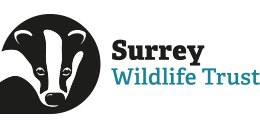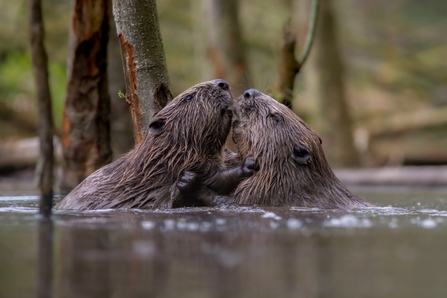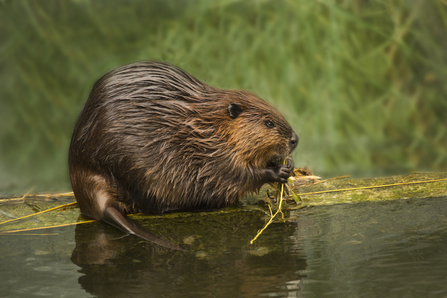Surrey Wildlife Trust is asking people to back a project which could see nature’s top engineers transform Surrey’s best-loved habitats into oases bursting with life - and to donate what they can to help bring this about.
Conservationists at the Trust hope to use Eurasian Beavers, which used to thrive throughout the UK but were hunted to extinction some 400 years ago, to re-wet areas of habitat Surrey, enabling them to reach their full potential as homes for nature. But before they apply for a license to release Beavers, they need to carry out studies to fully assess the potential effectiveness and impact of the animals on Trust reserves.
From Tues 22 to Tues 29 April, all donations to enable this research will be match-funded to a total value of £50,000 by the Green Match Fund, a group of philanthropists who support great ideas to protect the environment. This ‘Ecosystem Engineers’ appeal is part of the Trust’s £1m ‘Save Surrey’s Nature’ campaign, which has so far raised almost £400,000 to help fight back against the destruction of nature and the threats this presents to people as well as wildlife.


